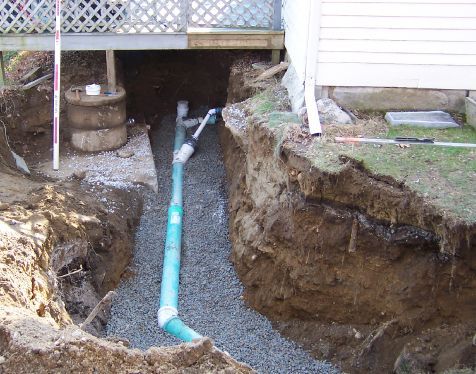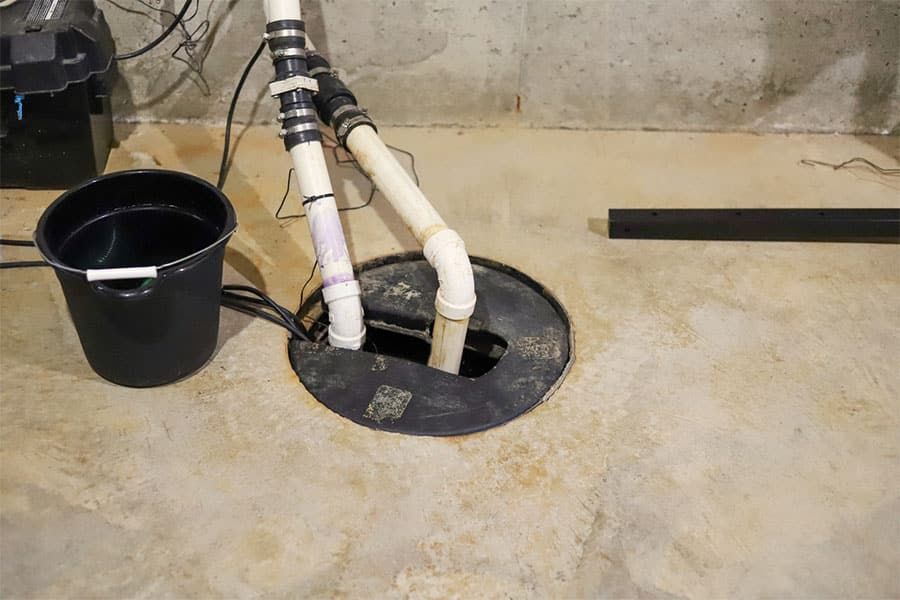What to Do When Multiple Drains Are Clogged in Your Home
Dealing with multiple clogged drains in your home can be stressful, but it doesn’t always require a plumber right away. You can often clear blockages using a few DIY methods. Whether it’s due to a buildup of hair, grease, or other debris, addressing the issue promptly is crucial to prevent further damage to your plumbing system. In this article, we'll explore several effective methods for clearing clogged drains.
1. Using a Plunger
A plunger is one of the simplest and most accessible tools for clearing clogged drains. It works by creating a vacuum that forces the blockage to loosen or move further down the pipes. Here's how to use a plunger effectively:
- Step 1: Ensure there’s enough water in the sink or tub to cover the plunger's cup.
- Step 2: Position the plunger over the drain and push down firmly to create a seal.
- Step 3: Plunge up and down several times to build pressure.
- Step 4: After a few strong plunges, remove the plunger and see if the water drains properly.
- Step 5: Repeat if necessary.
If your clog persists, you may need to combine the plunger with other methods.
2. The Drain Snake (Plumbing Snake or Auger)
A plumbing snake, also known as a drain snake or auger, is a long, flexible tool that can reach deep into your pipes to break up clogs. It’s especially effective for clogs that are further down in the system where plungers may not reach.
- Step 1: Insert the snake into the clogged drain, slowly pushing it down as far as it will go.
- Step 2: Rotate the snake to catch the blockage or dislodge it.
- Step 3: Pull the snake out and check for any debris that’s been caught.
- Step 4: Run water through the drain to ensure the clog is cleared.
For severe clogs, electric or motorized augers may be needed, which provide extra power to break through tougher blockages.
3. Boiling Water
Sometimes, all it takes to clear a clog is hot water. This method is particularly effective for grease-related clogs in kitchen drains.
- Step 1: Boil a kettle of water.
- Step 2: Carefully pour the hot water down the clogged drain in two to three stages, allowing it to sit for a few moments between each pour.
- Step 3: The boiling water helps break down the grease or soap buildup, clearing the way for water to flow freely.
This method works best for minor blockages, but it can sometimes solve the problem without additional tools.
4. Using a Chemical Drain Cleaner
Chemical drain cleaners are available over-the-counter and can help dissolve tough blockages, especially those caused by hair, grease, or food. However, be cautious when using these products, as they can be harsh on pipes, particularly if you have older plumbing.
- Step 1: Follow the instructions on the cleaner carefully. Most require you to pour the cleaner into the drain and let it sit for a specified period (usually 15-30 minutes).
- Step 2: After the time has passed, flush the drain with hot water to clear the dissolved blockage.
- Step 3: Be sure to use protective gloves and eyewear when handling chemical cleaners to avoid irritation or injury.
If the clog persists after using a chemical cleaner, you may need to switch to more mechanical methods like a snake.
5. Baking Soda and Vinegar
If you prefer an eco-friendly approach, baking soda and vinegar can be an effective solution for clearing clogged drains. The chemical reaction between the two substances helps break down blockages and can often remove smaller clogs.
- Step 1: Pour 1/2 cup of baking soda into the clogged drain.
- Step 2: Follow this with 1/2 cup of vinegar. The mixture will begin to fizz, breaking down grime and debris.
- Step 3: Let the solution sit for at least 30 minutes.
- Step 4: After the wait, flush the drain with hot water to clear the clog.
For a stronger solution, you can repeat the process or add salt to enhance the cleaning power.
6. Flushing the Pipes
If several drains are clogged in your home, the problem may be a partial blockage in your main sewer line. Flushing your plumbing system could help clear debris from multiple drains simultaneously.
- Step 1: Turn off the water to your home.
- Step 2: Locate the main drain cleanout plug (usually found in the basement or outside your home). Remove the plug to access the sewer line.
- Step 3: Use a hose or auger to flush out any debris causing the clogs.
This method can be more complex, so if you're not comfortable with it, it’s best to call a professional plumber.
7. Removing and Cleaning the Drain Trap
Sometimes, blockages are located in the P-trap beneath your sink. The P-trap is a curved pipe that often catches debris like hair, soap, and grease. Removing and cleaning the trap can resolve the clog.
- Step 1: Place a bucket under the P-trap to catch any water or debris that falls out.
- Step 2: Unscrew the P-trap (you may need a wrench) and carefully remove it.
- Step 3: Clean out the trap, removing any visible blockages.
- Step 4: Once cleaned, reattach the P-trap and run water to check if the clog is resolved.
This method is particularly effective for bathroom sinks, where hair and soap scum can accumulate over time.
8. Salt and Baking Soda
Another eco-friendly method is the use of salt and baking soda. This combination works similarly to baking soda and vinegar but is slightly more abrasive, making it effective for clogs caused by sticky substances like grease.
- Step 1: Mix 1/2 cup of salt and 1/2 cup of baking soda.
- Step 2: Pour the mixture down the clogged drain.
- Step 3: Let it sit for at least 30 minutes (or overnight for tougher clogs).
- Step 4: Flush the drain with boiling water to clear the blockage.
This method is safe for most types of plumbing and can be repeated as needed.
Preventive Measures to Avoid Future Clogs
Once you’ve cleared the clogs, it's important to take steps to prevent them from happening again:
- Use drain guards to catch hair, food, and debris before it enters your pipes.
- Avoid pouring grease or oil down the drain.
- Regularly clean your drains using a mixture of baking soda and vinegar to keep them clear.
When to Call a Professional
If none of these methods work, or if multiple drains remain clogged, it’s time to call a plumber. A persistent blockage could indicate a more serious issue, such as a problem with your main sewer line, that requires professional equipment and expertise.
Dealing with clogged drains can be frustrating, but with the right tools and techniques, you can often resolve the issue yourself. By following these methods, you can restore your plumbing system to full functionality and avoid the hassle of multiple clogged drains in your home.
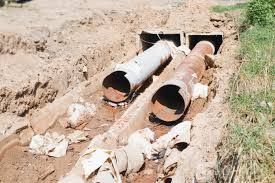
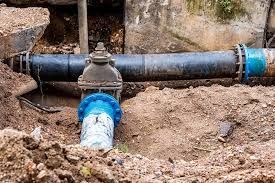

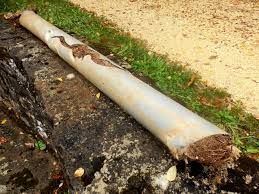

CONTACT INFORMATION
Office:
855-266-7682
Email:
service@AllCityPlumbers.com
Address: 6694 Oak Ridge Commerce Way, Austell, GA 30168
Business Hours:
Mon - Sun 24 Hours
OUR SERVICES
© 2022 All Rights Reserved|All City Plumbers Privacy Policy | Terms & Conditions | Sitemap

